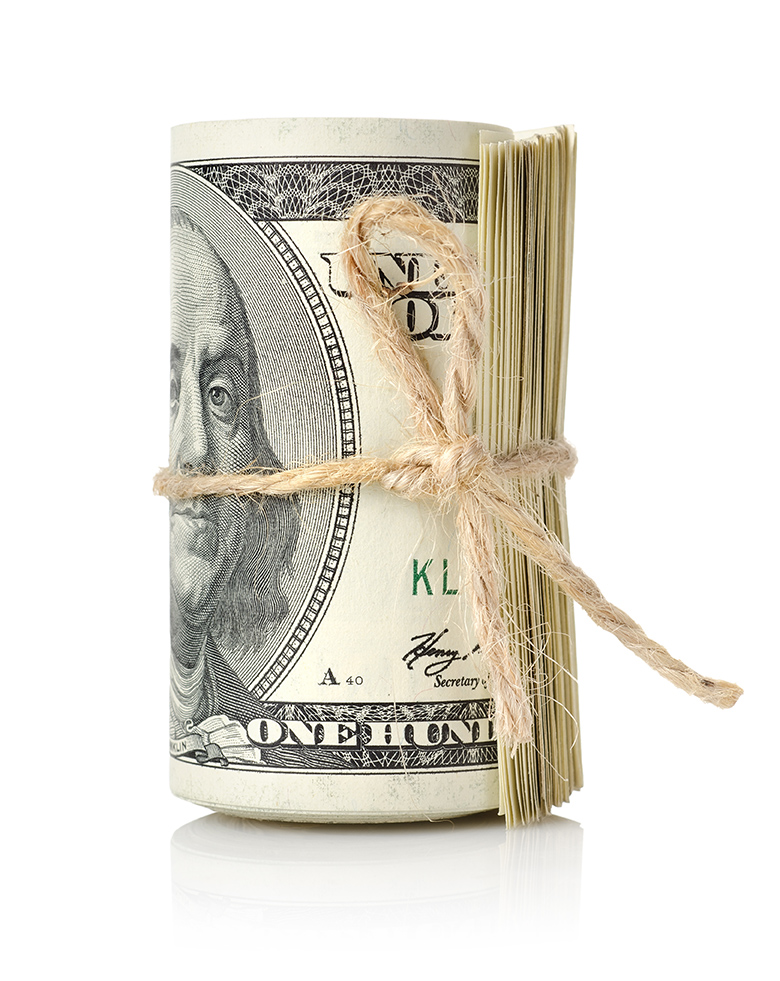Unifying exchange rates has its own fundamentals and a positive trade balance is one of the key prerequisites, Ahmad Hatami Yazd said on Sunday.
“So far our trade balance is negative as we have more imports than exports. So, we cannot move toward a single foreign exchange rate. We need higher levels of export to increase our hard currency revenues,” the former banker said in an interview with ILNA.
“Unifying exchange rates is possible if we allow rates to float. This helps in adjusting the rates according to changes in the inflation rate,” he elaborated.
Data for the last fiscal year that ended on March 29, shows Iran’s balance of trade (BoT) turned positive for the first time with its exports reaching $42.4 billion compared with the $41.4 billion import bill. The data, however, does not take into account goods smuggled into the country, which is said to be several billion dollars.
The former CEO of Bank Saderat said that domestic lenders need substantial foreign currency reserves to be able to tame fluctuations in the forex market. “If banks have good foreign currency resources they can help balance the forex market when demand for hard currency is high.”
He, however, stressed that the Central Bank of Iran is the main organization responsible for forecasting levels of demand and supply in the forex market and managing the market efficiently.
Pointing to normal relations with the world as instrumental in reviving the domestic economy and the banking system, he said that the process of “political and economic recalibration with the world takes time. Our relations with the world have yet not reached satisfactory levels. We should be patient for the process of the removing of sanctions to be complete.”
Implementation of the nuclear agreement has not been able to live up to what had been expected, he admitted, and said part of the problem arises from the fact that European lenders are still wary of restoring relations with Iranian banks because of the fear of US antagonism, reaction and retaliation.
“Ties between international lenders and Iran will normalize only if and when US officials and the US Office of Foreign Assets Control officially announce that there is no problem in working with Iran. Only then will the European lenders commence normal banking ties to Iran.”
Asked about his opinion about the rate of the US dollar after the single currency rate comes into effect sometime in October, Hatami Yazd said it would fluctuate between 30,000-35,000 rials. On Tuesday the greenback was traded at 34,473 rials in the Tehran market.


